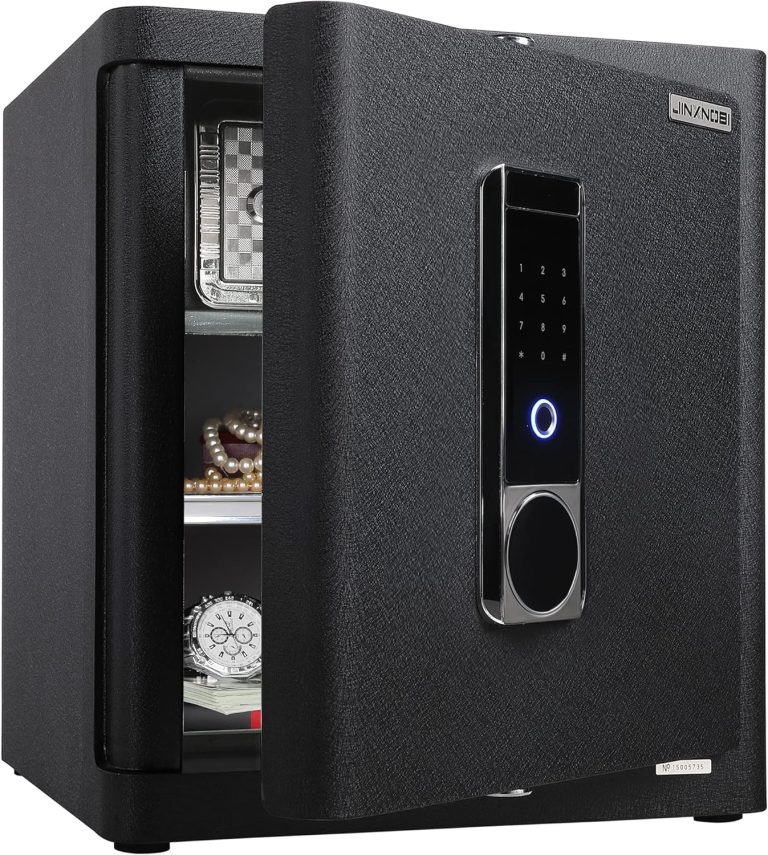How to Protect Your Home from Identity Theft
How to Protect Your Home from Identity Theft: In today’s digital age, identity theft has become a common crime that can cause significant financial and emotional damage to individuals. Your home is one of the places where you can become vulnerable to identity theft. This article provides home security tips that you can use to protect your personal information from identity theft.

What is Identity Theft?
Identity theft occurs when someone uses your personal information without your permission to commit fraud or other crimes. This information can include your name, address, Social Security number, credit card information, and other sensitive data.
How Does Identity Theft Happen?
Identity theft can happen in many ways, such as:
- Stealing mail or garbage containing personal information
- Hacking into your computer or smartphone
- Using fake emails or websites to trick you into revealing personal information
- Stealing your wallet or purse containing personal document
Why is Your Home at Risk?
Your home is at risk of identity theft because it contains a lot of personal information that thieves can use to steal your identity.
For example, your mailbox may contain bank statements, credit card statements, and other sensitive information that thieves can use to open accounts in your name.
Additionally, thieves can steal your personal information by hacking into your home Wi-Fi network or stealing your devices that contain personal information.
How to Protect Your Home from Identity Theft

There are many ways to protect your home from identity theft. Here are some tips:
1. Secure Your Mailbox
Make sure your mailbox is secure by using a lock or getting a PO box. If you’re going to be away for a long time, ask a trusted neighbor to collect your mail or have it held at the post office.
2. Use a Paper Shredder
Use a paper shredder to destroy any documents that contain personal information before you throw them away. This includes credit card statements, bank statements, and other sensitive documents.
3. Safeguard Your Passwords
Use strong passwords for all your online accounts and change them regularly. Don’t use the same password for multiple accounts. Consider using a password manager to help you create and manage strong passwords.
4. Install a Security System
Install a security system that includes cameras and motion detectors to protect your home from burglars and thieves. Some security systems also include identity theft protection services.
5. Be Careful with Wi-Fi
Secure your home Wi-Fi network with a strong password and change it regularly
to prevent hackers from accessing your personal information. Also, avoid using public Wi-Fi networks, as they are not secure and can expose your personal information to hackers.
6. Secure Your Devices
Make sure all your devices, including computers, smartphones, and tablets, are protected with strong passwords or biometric authentication, such as fingerprints or facial recognition. Install antivirus software and keep your devices updated with the latest security patches.
7. Be Cautious of Phishing Scams
Be careful of phishing scams, where scammers try to trick you into revealing your personal information by posing as legitimate companies or organizations. Never click on suspicious links or download attachments from unknown sources.
8. Keep an Eye on Your Credit Report
Regularly check your credit report to make sure there are no unauthorized accounts or transactions in your name. You can get a free credit report from each of the three major credit reporting agencies every year.
9. Safeguard Your Social Security Number
Your social security number is a valuable piece of personal information that thieves can use to open accounts or apply for loans in your name. Only share your social security number when necessary and keep it safe in a secure location.
10. Be Careful with Sharing Personal Information
Be careful when sharing personal information online or in person. Only share your personal information with trusted companies or organizations and avoid sharing sensitive information, such as your social security number, unless it is necessary.
Conclusion
Identity theft is a serious crime that can cause significant financial and emotional damage. Your home is one of the places where you can become vulnerable to identity theft, but there are many ways to protect your personal information.
By following the home security tips in this article, you can safeguard your personal information from identity theft and enjoy peace of mind.
Frequently Asked Questions

Here are some related questions to you might find helpful.
Identity theft can occur in many ways, but the most common is stealing personal information from mail or garbage.
While a security system can deter burglars and thieves, it cannot prevent identity theft. However, some security systems offer identity theft protection services.
No, public Wi-Fi networks are not secure and can expose your personal information to hackers.
If you suspect identity theft, you should immediately contact your bank and credit card companies, report the theft to the police, and monitor your credit report for any unauthorized accounts or transactions.






Un comentario